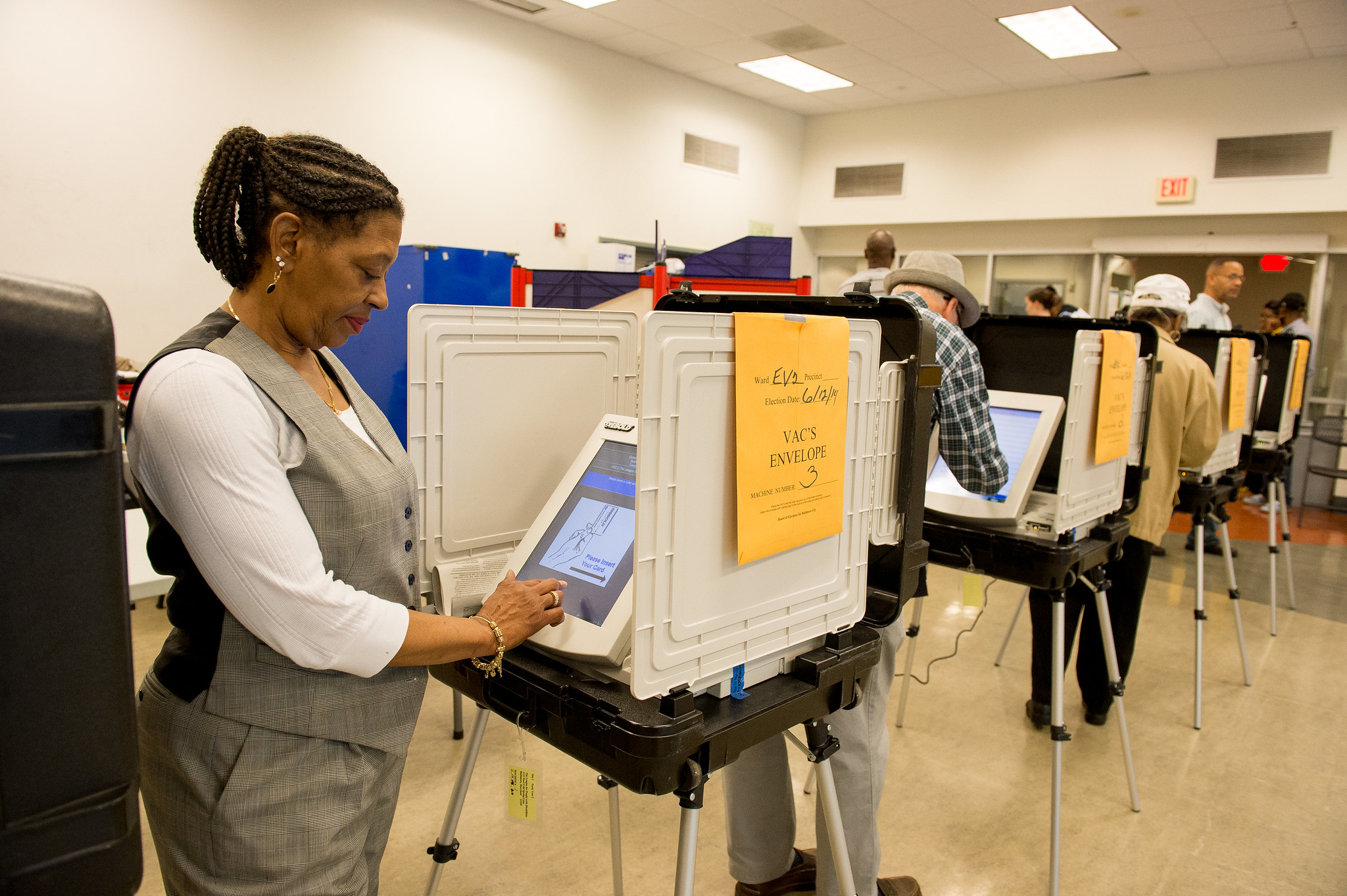I have been watching the 2016 presidential campaign unfold with great interest. As a feminist, I care about whether candidates have progressive positions and a demonstrated track record of improving the lives of women and girls of all races, ages and, nationalities. Hillary Clinton seems to me to have the best record of demonstrated commitment to these issues, so I have been curious about what appears to be a generational divide among Democratic women: in the New Hampshire primary, women under thirty voted for Bernie Sanders four to one. What are the reasons for this divide? Here are my hunches and the perspectives of a few other authors.
This Is a Mother/Daughter Generational Grudge Match
Susan Faludi writes that the generational grudge match between older and younger women has been present in every era since women won the right to vote in 1920. This makes sense to me when I remember my own judgmental rejection of my mother’s life choices as a younger woman. Faludi lays out examples of this dynamic in the 1920s and in second-wave feminism, as noted by the feminist poet Adrienne Rich, who wrote about matrophobia among second-wavers. Third-wave feminists declared, “we’re not our uptight mothers” in defining their feminism, and some third-wavers declared that they could not vote for Hillary Clinton in 2008 “because she reminds me of my mother.” This dynamic is troubling if it creates blinders about issues important for improving the lives of women.
Young Women Feel They Live in a Post-Feminist World
I know that there are many young feminist activists, yet
Sheryl Gay Stolberg reports that many millennial women, ages eighteen to twenty-nine, feel that gender is no longer important. Many (not all) take for granted the gains made for women by older generations, and their concerns are different—for example, student debt, jobs, LGBT rights, and flexible gender identities. Where they might find a transgender candidate exciting, they don’t see the big deal about a woman becoming president.
Years in the Workplace Change Your Perspective
Jill Filipovic writes that the explanation for the generational divide among women who support Hillary Clinton may come more from our different life experiences. She notes, “more time in a sexist world, and particularly in the workplace, radicalizes women.” It can take about ten years in the workplace before the realities of gender discrimination become clear. These realities are not yet part of the world of millennials. Their current world is one in which:
- In university environments, there are more female than male students.
- In high school, girls tend to outperform boys academically.
- Title IX regulates roughly equal treatment of women and men in school athletics.
- Women attend graduate school in roughly equal or greater numbers than men.
- College-educated women see only a tiny pay gap when they are first hired.
But by age thirty-five, these same women are making significantly less than their male peers. And once they have children, women are treated as incompetent, have a harder time getting hired, and are paid significantly less than men. It takes time for these experiences to accumulate, and millennial women haven’t had enough time in the workforce yet to get radicalized.
We Hold Women Leaders to Different and Tougher Standards
I have written in previous articles about
our discomfort with strong women and about
the different expectations we have of female leaders. We expect male leaders to be assertive and decisive, but we are uncomfortable if women behave that way.
Gail Sheehy describes the ambivalence that many baby boomer women feel about voting for Hillary. Sheehy quotes a female political leader as saying, “A lot of women vote from a compassionate, nurturing place, and those are not qualities you feel from [Hillary Clinton].”
Really? Think about it. Don’t we need our commander in chief to be tough, assertive, and decisive? Let’s hope we can stay focused on who will be the best leader for the whole country, and who will best meet the needs of women and girls of all ages, races, and nationalities. It’s so important.
“
Hillary Clinton” by
Llima Orosa is licensed under
CC BY-ND 2.0
]]>
 Donna Brazile writes in Ms. magazine that in the elections of 2008 and 2012, the group that turned out to vote in the highest numbers was black women. In 2012, 60 percent of 18- to 29-year-old-black women voted, and 76 percent of all black women were registered to vote. A recent Pew study found that in 2012, the voter turnout in the United States was low—53.6 percent of the estimated voting-age population. Only 65 percent of the US voting-age population even bothered to register to vote.
Brazile cites “The Power of the Sister Vote” poll from Essence magazine, which indicates that the turnout will again be strong for black women in 2016, “driven by a hunger to institutionalize their gains” in:
Donna Brazile writes in Ms. magazine that in the elections of 2008 and 2012, the group that turned out to vote in the highest numbers was black women. In 2012, 60 percent of 18- to 29-year-old-black women voted, and 76 percent of all black women were registered to vote. A recent Pew study found that in 2012, the voter turnout in the United States was low—53.6 percent of the estimated voting-age population. Only 65 percent of the US voting-age population even bothered to register to vote.
Brazile cites “The Power of the Sister Vote” poll from Essence magazine, which indicates that the turnout will again be strong for black women in 2016, “driven by a hunger to institutionalize their gains” in: